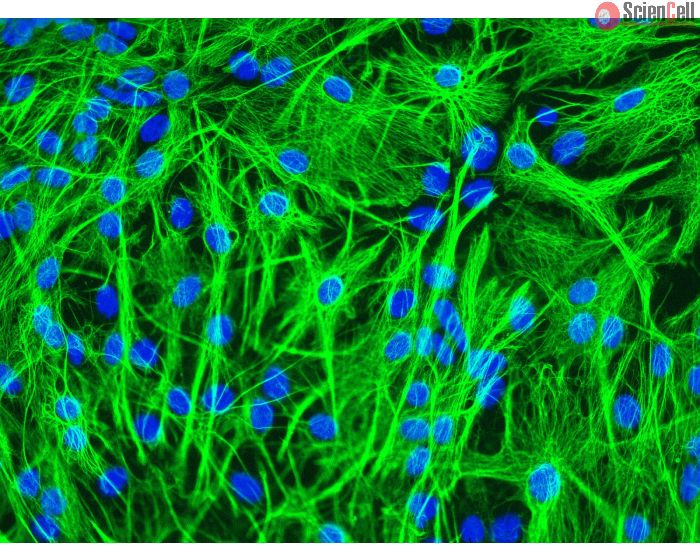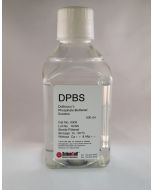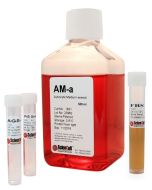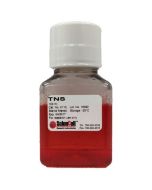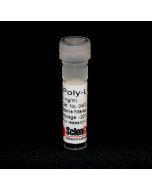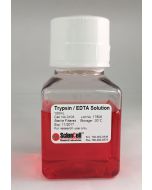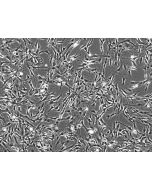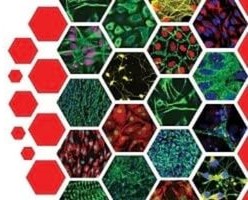Mouse Astrocytes from C57BL/6
Catalog No.
M1800-57
Isolated from C57BL/6 mouse brain. MA are cryopreserved at P0 and delivered frozen. Each vial contains >5 x 105 cells in 1 ml volume.
$509.00
In Stock
Related Products
Check items to add to the cart or
